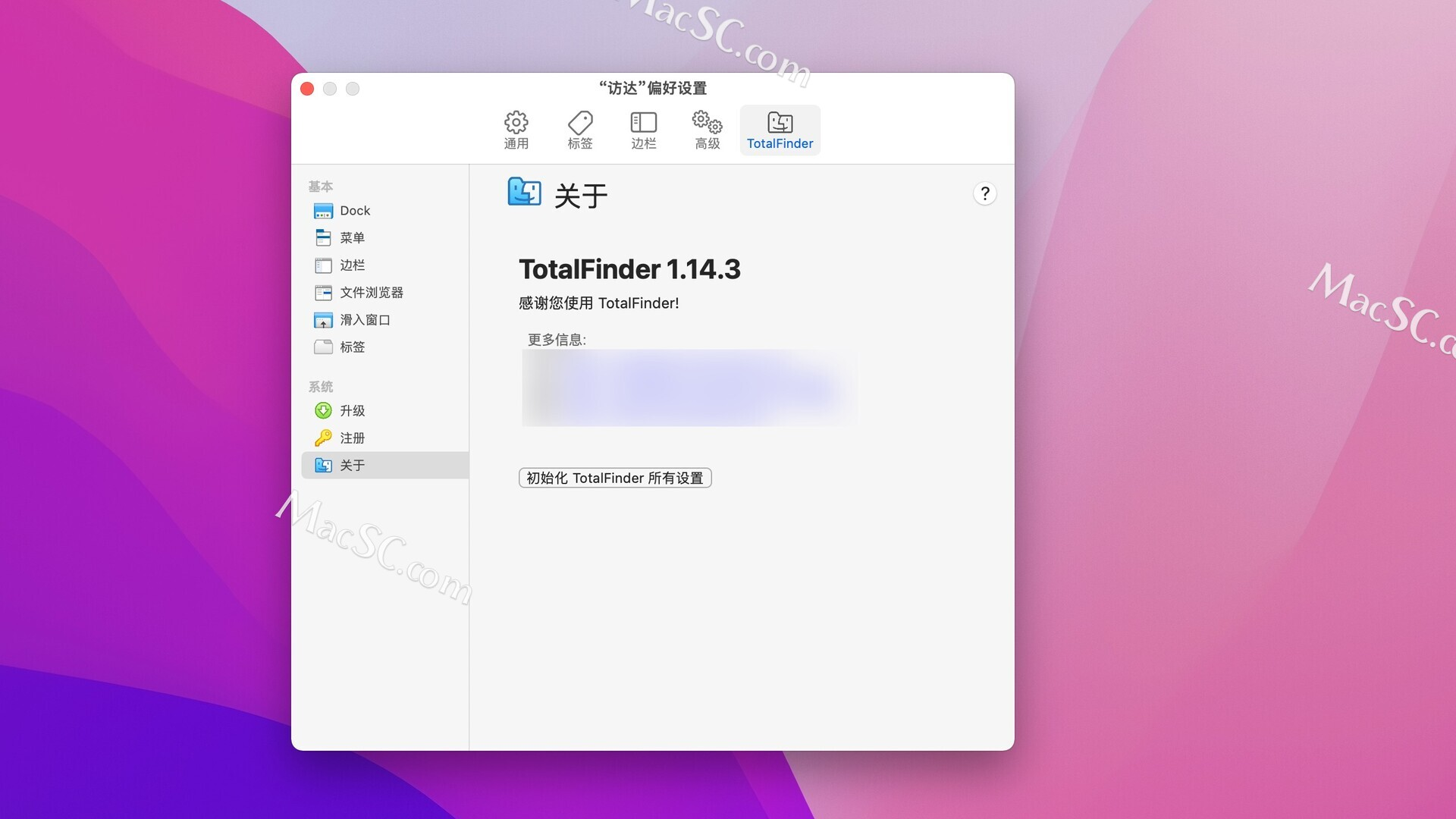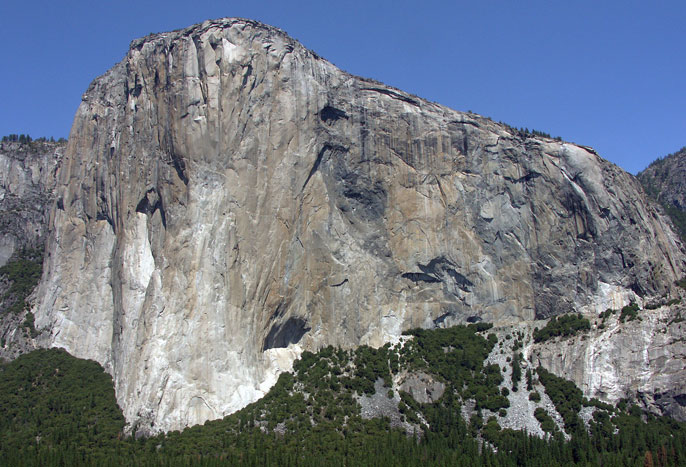

- #TOTALFINDER FOR MAC EL CAPITAN MAC OS X#
- #TOTALFINDER FOR MAC EL CAPITAN ARCHIVE#
- #TOTALFINDER FOR MAC EL CAPITAN SOFTWARE#
- #TOTALFINDER FOR MAC EL CAPITAN DOWNLOAD#
- #TOTALFINDER FOR MAC EL CAPITAN WINDOWS#
#TOTALFINDER FOR MAC EL CAPITAN DOWNLOAD#
If you wish to compile R packages from sources, you may need to download GNU Fortran 8.2 - see the tools directory. Important: this release uses Xcode 12.4 and GNU Fortran 8.2. For native Apple silicon arm64 binary see above. This release supports Intel Macs, but it is also known to work using Rosetta2 on M1-based Macs. Always re-install XQuartz when upgrading your macOS to a new major version. Note: the use of X11 (including tcltk) requires XQuartz to be installed (version 2.7.11 or later) since it is no longer part of macOS. The latter two components are optional and can be ommitted when choosing "custom install", they are only needed if you want to use the tcltk R package or build package documentation from sources. R 4.2.2 binary for macOS 10.13 ( High Sierra) and higher, Intel 64-bit (older Macs) build, signed and notarized package.Ĭontains R 4.2.2 framework, R.app GUI 1.79 in 64-bit for Intel Macs, Tcl/Tk 8.6.6 X11 libraries and Texinfo 6.7.
#TOTALFINDER FOR MAC EL CAPITAN SOFTWARE#
Any external libraries and tools are expected to live in /opt/R/arm64 to not conflict with Intel-based software and this build will not use /usr/local to avoid such conflicts (see the tools page for more details). If you wish to compile R packages which contain Fortran code, you may need to download GNU Fortran for arm64 from.

This release uses Xcode 13.1 and experimental GNU Fortran 12 arm64 fork. Note: the use of X11 (including tcltk) requires XQuartz (version 2.8.1 or later). MacOS Ventura users: there is a known bug in Ventura, if the installation fails, move the downloaded file away from the Downloads folder (e.g., to your home or Desktop) Important: this version does NOT work on older Intel-based Macs - see below for Intel version. R 4.2.2 binary for macOS 11 ( Big Sur) and higher, Apple silicon arm64 build, signed and notarized package.Ĭontains R 4.2.2 framework, R.app GUI 1.79 for Apple silicon Macs (M1 and higher), Tcl/Tk 8.6.12 X11 libraries and Texinfo 6.8. Latest release: R-4.2.2-arm64.pkg (notarized and signed) If Apple tools are not avaiable you can check the SHA1 checksum of the downloaded image: Please check the integrity of the downloaded package by checking the signature: R 4.2.2 "Innocent and Trusting" released on 1
#TOTALFINDER FOR MAC EL CAPITAN ARCHIVE#
Package binaries for R versions older than 3.2.0 are only available from the CRAN archive so users of such versions should adjust the CRAN mirror setting ( ) accordingly. Note: Although we take precautions when assembling binaries, please use the normal precautions with downloaded executables.
#TOTALFINDER FOR MAC EL CAPITAN MAC OS X#
Releases for old Mac OS X systems (through Mac OS X 10.5) and PowerPC Macs can be found in the old directory. Just uncheck the Keep folders on top when sorting by name box in Finder Preferences and file sorting in macOS Sierra will work like it used to in El Capitan and earlier.Ī final note: the screenshots in this tip show Finder sorting with the “List” view type, but this new option in macOS Sierra also works with the other Finder view types.This directory contains binaries for a base distribution and packages to run on macOS. Pre-Sierra users could still separate files and folders by configuring Finder to sort files by “Kind,” but this method sorted all files by their file type and wasn’t always ideal.įor longtime Mac users who prefer the old sorting method of mixing everything together, Apple thankfully retains the option to switch back.
#TOTALFINDER FOR MAC EL CAPITAN WINDOWS#
This is how File Explorer in Windows operates and, in this author’s opinion, is a better way to manage files in Finder. When this option is checked, you’ll see this when you sort a Finder directory by name:įinder now sorts your folders by name separately at the top of the list and sorts your remaining files by name at the bottom.

You’ll see a new option labeled Keep folders on top when sorting by name. With Finder selected as the active application, head to Finder > Preferences in the menu bar, or press the keyboard shortcut Command + to open the Finder Preferences window. In macOS Sierra, there’s a new option in the Finder Preferences. In OS X El Capitan and earlier, here’s what a typical directory in Finder looked like when sorted by name:Īs you can see, Finder sorts everything by name, mixing files and folders together. As has been long offered in Windows, Sierra now lets users keep folders at the top of a Finder window when sorting files by name. MacOS Sierra introduces many new features and refinements to Apple’s desktop operating system platform, but one will be particularly appreciated by Finder fans.


 0 kommentar(er)
0 kommentar(er)
